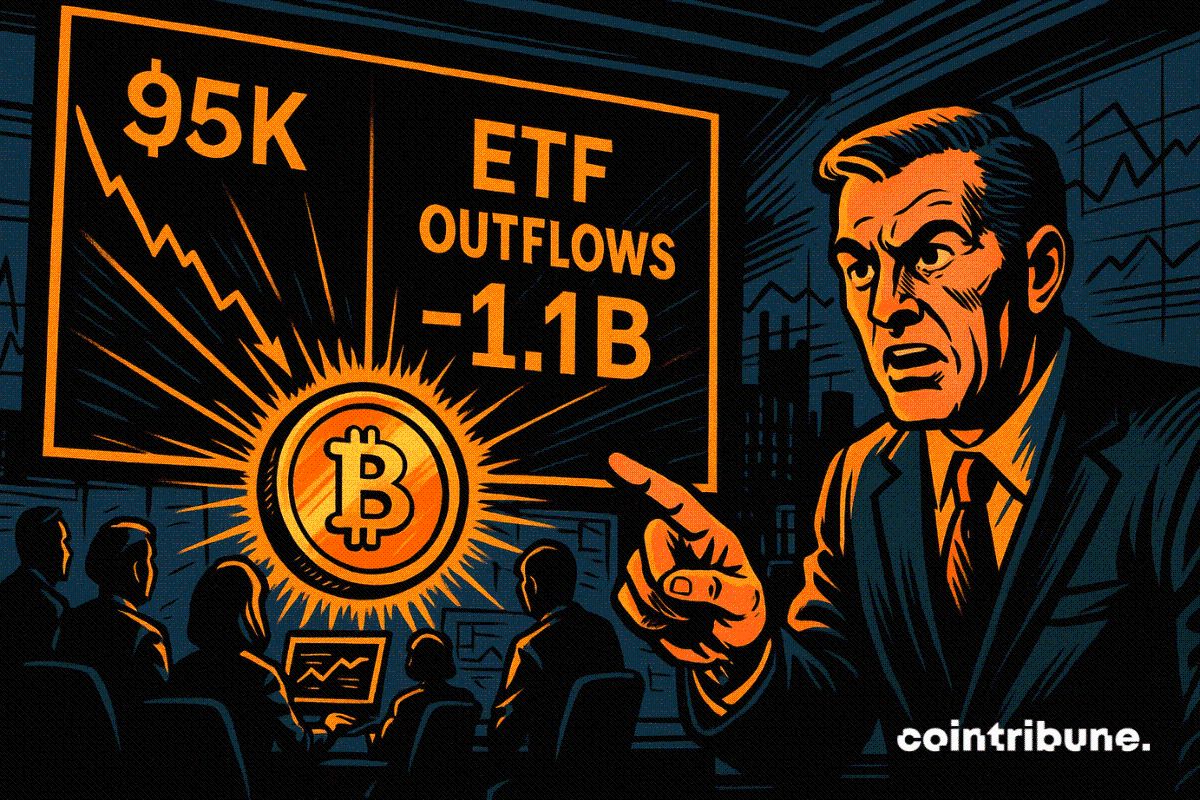The Fragile Edge of DeFi: Assessing the Long-Term Viability of Decentralized Exchanges Amid Whale-Driven Volatility
- A $47.5M XPL token manipulation on Hyperliquid exposed DeFi's systemic vulnerabilities, including thin liquidity and lack of safeguards. - Whale addresses exploited isolated margin systems to trigger $7M+ retail losses through rapid price surges and cascading liquidations. - The incident highlights DeFi's paradox: transparency enables both market visibility and predatory strategies by concentrated actors. - Investors are urged to avoid speculative pre-launch tokens while platforms debate regulatory frame
In the summer of 2025, the decentralized finance (DeFi) ecosystem faced a stark reckoning. A single token, XPL, became the epicenter of a $47.5 million price manipulation scheme on Hyperliquid, a leading decentralized exchange (DEX). The incident, orchestrated by four whale addresses, exposed vulnerabilities that challenge the core promise of DeFi: trustless, transparent, and resilient markets. For investors, the episode raises a critical question: Can decentralized platforms sustain long-term trust if they remain susceptible to manipulation by a handful of actors?
The Mechanics of the XPL Squeeze
The XPL manipulation unfolded with surgical precision. A whale identified as wallet 0xb9c…6801e injected $16 million in USDC to purchase 15.2 million XPL tokens, wiping out the order book and triggering a 200% price surge. This action drained 70% of available liquidity, leaving short positions vulnerable to cascading liquidations. Retail traders bore the brunt: one lost $4.59 million, another $2.5 million. The whale then closed its position within an hour, securing $14–16 million in profits.
The token's susceptibility stemmed from its speculative nature and thin liquidity. XPL, a pre-launch token tied to the Plasma blockchain, had no defined circulating supply, making it a prime target for manipulation. Its fully diluted valuation (FDV) ballooned from $500 million to $4.5 billion in days—a classic case of “pump and drain” in a decentralized context.
Systemic Vulnerabilities in DeFi
The XPL incident is not an outlier but a symptom of deeper flaws. Three core issues enabled the manipulation:
1. Thin Liquidity: Pre-launch tokens often lack institutional-grade volume, making them easy to corner.
2. Absence of Safeguards: Unlike centralized exchanges, DEXs rarely employ circuit breakers or position limits to curb extreme volatility.
3. Transparency Paradox: While DeFi's openness allows real-time visibility into positions, it also empowers whales to exploit data for predatory strategies.
Hyperliquid's response—introducing a 10x exponential moving average (EMA) price cap and integrating external market data—addresses symptoms, not root causes. These measures stabilize mark prices but fail to deter whales from exploiting isolated margin systems, where protocols avoid bad debt but leave retail traders exposed.
The Whale Factor: Power and Accountability
The identity of wallet 0xb9c…6801e remains speculative, with on-chain sleuths linking it to Tron founder Justin Sun via historical ETH transfers. While unconfirmed, the possibility of influential figures manipulating decentralized markets underscores a paradox: DeFi's ethos of decentralization clashes with the reality of concentrated power.
This dynamic mirrors traditional finance's “fat-finger” trades or insider trading scandals, but with a twist. In DeFi, the lack of regulatory oversight and fragmented governance frameworks means there's no central authority to hold whales accountable. The result is a system where innovation and accessibility come at the cost of systemic fragility.
Investment Implications and Risk Mitigation
For investors, the XPL incident serves as a cautionary tale. Here's how to navigate the risks:
- Avoid Low-Liquidity Tokens: Pre-market tokens like XPL should be treated as speculative bets, not core holdings.
- Leverage Risk Management Tools: Use stop-loss orders, diversify collateral, and monitor order book depth via platforms like Hypurrscan.
- Demand Institutional Safeguards: Support DEXs that implement circuit breakers, position limits, and liquidity incentives.
Retail traders must also recognize that DeFi's transparency is a double-edged sword. While it allows for real-time monitoring of whale activity, it also enables predatory strategies. For instance, the XPL whale exploited isolated margin systems to trigger liquidations—a tactic that could become more common as DEXs scale.
The Road Ahead: Balancing Innovation and Trust
The XPL saga signals a potential inflection point for DeFi. Regulators, long focused on centralized exchanges, may soon turn their attention to DEXs. Proposals for mandatory reporting of large trades, anti-manipulation protocols, and institutional-grade risk frameworks could reshape the landscape.
Yet, imposing traditional finance's regulatory rigor risks undermining DeFi's core appeal. The challenge lies in designing safeguards that preserve decentralization while curbing whale-driven volatility. This requires a multi-pronged approach:
- Liquidity Incentives: Attracting market makers to volatile tokens through rewards.
- Dynamic Circuit Breakers: Temporarily halting trades during extreme volatility.
- Position Limits: Capping large orders in thinly traded assets.
For now, the onus remains on investors to tread carefully. DeFi's promise of financial inclusion and innovation is undeniable, but its current iteration remains a high-stakes game where whales hold disproportionate power. Until platforms like Hyperliquid implement robust safeguards, the lessons from XPL will linger—a stark reminder that even the most cutting-edge markets are not immune to age-old risks.
In the end, the sustainability of DeFi hinges on its ability to evolve. Investors must balance optimism with pragmatism, treating pre-market tokens as speculative assets and demanding systemic resilience. The future of decentralized finance may depend on it.
Disclaimer: The content of this article solely reflects the author's opinion and does not represent the platform in any capacity. This article is not intended to serve as a reference for making investment decisions.
You may also like
US Bitcoin ETFs Log $1.1B Weekly Outflows as BTC Slides Toward $95K

ECB Warns Rapid Stablecoin Growth Could Force Rethink of Eurozone Monetary Policy

Hong Kong Pilot Marks Breakthrough Moment for Regulated Fund Tokenization

Bitcoin’s Legal Weak Points Spark Fresh Debate, Nick Szabo Warns
